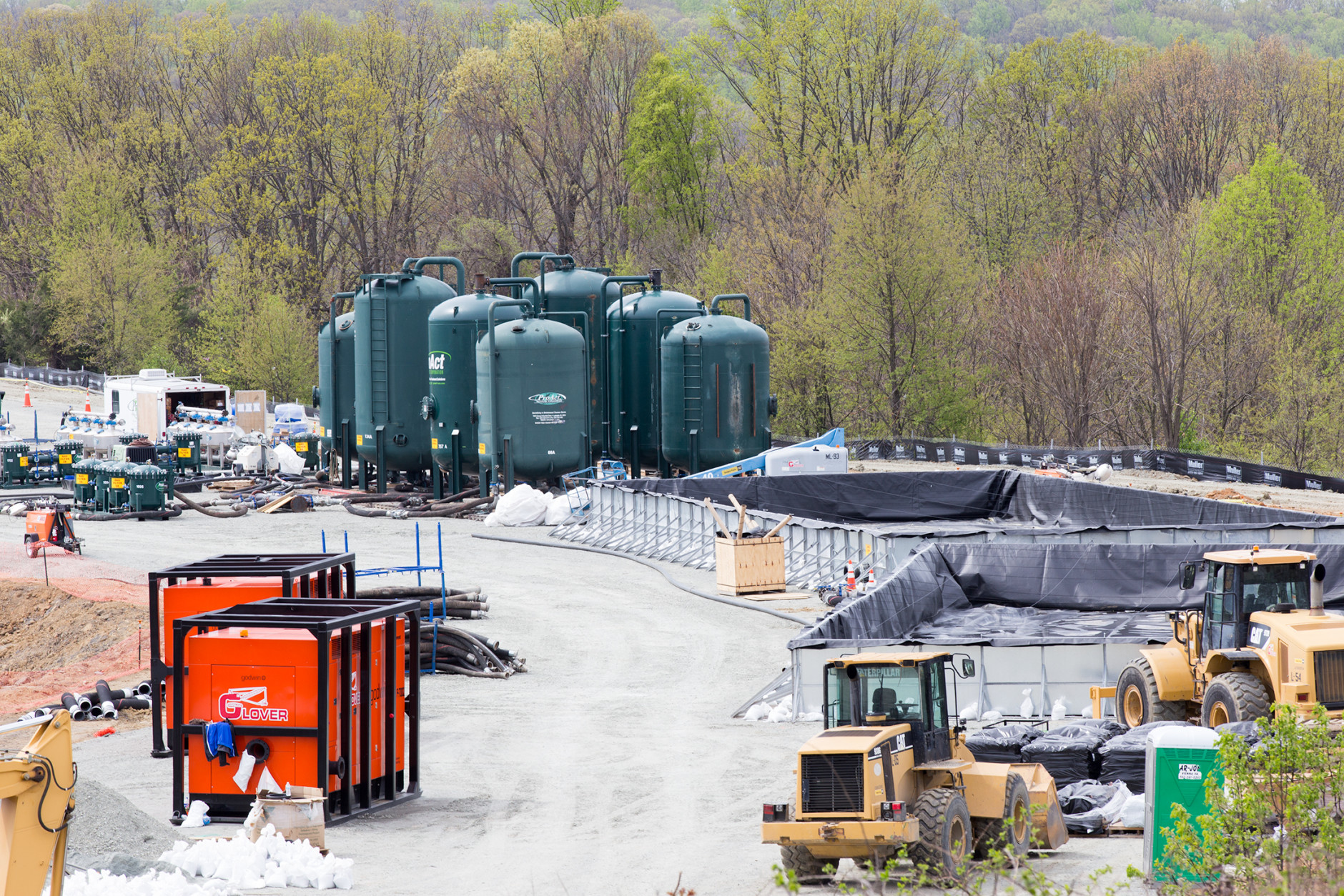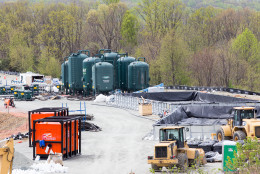





WASHINGTON — After a long battle, coal ash water is being released into Quantico Creek, which will eventually flow into the Potomac River.
On Monday, Dominion Virginia Power began releasing more than 200 million gallons of the wastewater into the creek. The water is being treated and tested before its release. The process will take about a year to complete and will cost $35 million.
The water is from Dominion’s ash ponds at Possum Point Power Station in Prince William County. The ponds, which have been used for decades, store coal ash — a byproduct from burning coal.
The power plant has not burned coal since 2003.
The county and the power company battled over the wastewater’s release. The power company agreed to treat the water more rigorously before it is released.
Cathy Taylor, a senior adviser for environment and sustainability at Dominion, said after the nine-step wastewater treatment process, the water quality will be above state recommended standards.
She said the water will go into a holding tank and stay there until tests confirm the water is safe for the environment. If needed, the water will be retreated and retested to make sure it’s safe.
The testing is being done by an outside party. A test will be done every hour and the results will be made public on Dominion’s website.
In an email, Potomac Riverkeeper Dean Naujoks said “the treatment technology Dominion is using is not the best available technology, which the Clean Water Act requires, and is being used on NC for Duke Energy Coal Ash Ponds. The Potomac River deserves the same level of protection!”
Dominion says it’s using the best available technology for the facility, in which the coal ash is being processed from, and the body of water it’s being discharged into.







